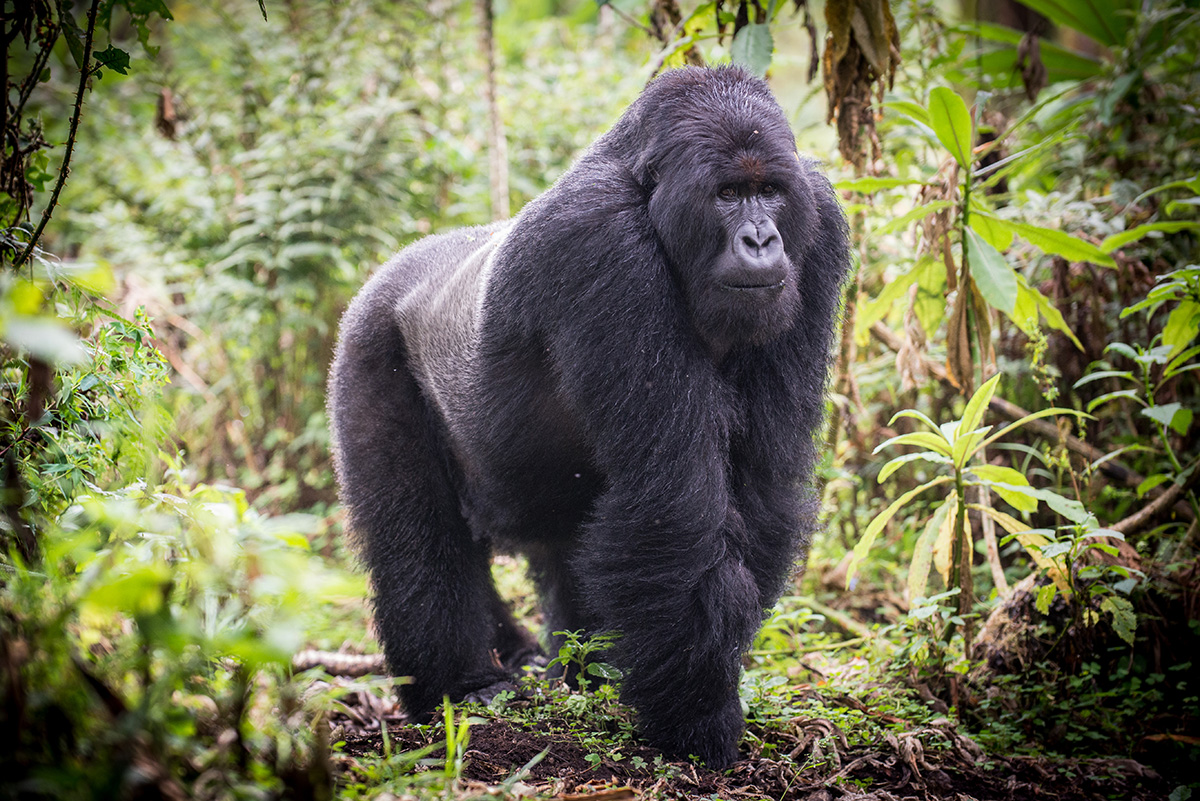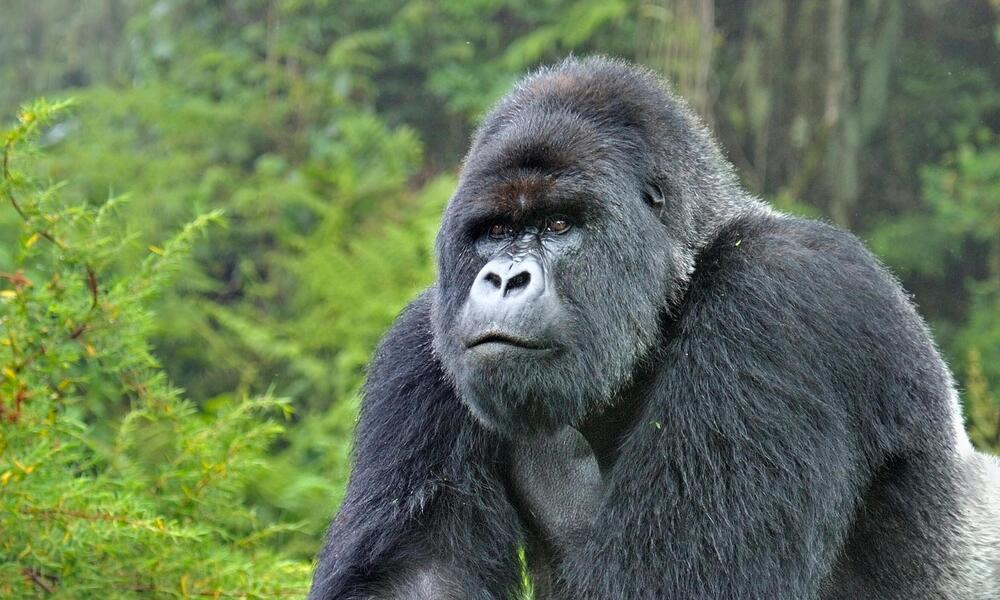How Closely Are Mountain Gorillas Related to Humans?
Looking face to face with the mountain gorilla, it is difficult not to find them weirdly similar to mankind, and now several studies have concluded about this beautiful relatedness. It is a brainer that mountain gorillas are Great Apes, and related to humans. However, the question is how closely are they related to us. In the past, the human species were placed under their own taxonomic family known as “Hominidae” whereas the Great Apes were also placed in their own family known as “Pongidae”. This classification was mainly based on a number of anatomical specifications, owing to the fact that humans have highly developed brains as well as exceptional locomotion.

mountain gorillas
Of recent, scientists/researchers have concluded that this classification was out of date. Recent studies have concluded that chimpanzees are the closest relatives to mankind, then the next in line are the gorillas (including mountain gorillas). Orangutans, Great Apes native to the tropical rainforests of Malaysia and Indonesia are only been recently related to the other Great Ape species.
Great Apes’ genetic material is very identical to that of humans to a very large extent and the differences in the Nuclear DNA are very minimal. Studies discovered that some genes differ by only 1.2% between chimpanzees and humans, while it is about 1.6% between gorillas and humans, and over 1.8% between chimpanzees and gorillas. This clearly indicates that gorillas are more closely related to humans than they are to chimpanzees. This is contrary to the analyzed parts of the African Great Apes and humans’ genetic material that was discovered to differ from that of orangutans by over 3.1%. This generally reflects the evolutionary history of Great Apes, and genetic comparisons indicate that the human lineage separated from Orangutans about 14 million years ago, while gorillas 10 million years ago and chimpanzees about 6 million years ago. However, this order isn’t a surprise but the dates were earlier than many researchers actually thought.
For Mitochondrial DNA that changes incredibly faster, geneticists discovered a remarkable difference of 8.8% between Chimpanzees and humans, about 10.3% between gorillas and humans, and about 10.6% between gorillas and chimpanzees. The difference between Orangutans and other Great Ape species is over 16 to 17%.

Mountain Gorillas
While it is a clear fact that Bonobos and chimpanzees are the closest relatives to humans, mountain gorillas look so much alike to humans in many aspects. When you analyze the hands and feet of mountain gorillas, you will discover that they resemble that of humans more than that of other Great Apes. Unlike chimpanzees, and Bonobos, gorillas spend more time on the ground hence their feet are adapted to walking. Primatologists believe (from fossils) that chimpanzees, humans, and gorillas once shared an ancient ancestor but tracking which year these lineages separated has proven to be tricky.
Additionally, humans and mountain gorillas have a gene that enables them to hear well than other Great Apes. Until recently, some researchers thought that the development of hearing was what made it easy to develop language. However, this theory is believed to be wrong, from the results of this research.
Places to see mountain gorillas
Mountain gorillas, sub-species of the Eastern gorillas are only found in four National Parks of three African countries. You can see/track them in Virunga National Park within the Democratic Republic of Congo, Mgahinga and Bwindi Impenetrable National Parks in Uganda, and Volcanoes National Park in Rwanda. According to the 2018 mountain gorilla census, the population of these Great Apes was put at about 1063 individuals, although gorilla births have been recorded since then.
When to track the mountain gorillas
There is no particular time of the year to track these Great Apes because they can be visited all year round. However, visitors that track mountain gorillas in the dry season (June to September and December to February) are likely to experience drier and less slippery forest trails, and scarcer vegetation, but treks tend to be longer because these creatures have to move farther to look for food. This season is always the best for trekking mountain gorillas. Tracking in the wet season means muddy and more slippery forest trails due to increased rainfall levels but shorter treks because mountain gorillas have plenty of food.
